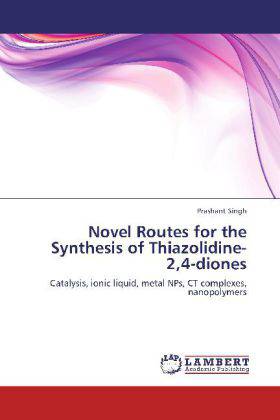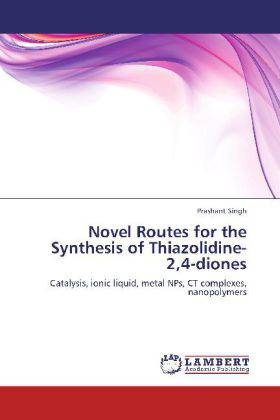
Je cadeautjes zeker op tijd in huis hebben voor de feestdagen? Kom langs in onze winkels en vind het perfecte geschenk!
- Afhalen na 1 uur in een winkel met voorraad
- Gratis thuislevering in België vanaf € 30
- Ruim aanbod met 7 miljoen producten
Je cadeautjes zeker op tijd in huis hebben voor de feestdagen? Kom langs in onze winkels en vind het perfecte geschenk!
- Afhalen na 1 uur in een winkel met voorraad
- Gratis thuislevering in België vanaf € 30
- Ruim aanbod met 7 miljoen producten
Zoeken
€ 76,45
+ 152 punten
Omschrijving
Diabetes mellitus is a complex, progressive lifestyle disease resulting in chronic hyperglycemia, which in turn adversely affects function of the kidneys, eyes, nervous and vascular systems. The classical antidiabetic agent sulphonylurea, biguanides have lots of side effects like mild to moderate hypoglycemia, lactic acidosis, increased cardiovascular mortality, transient nausea, anorexia or diarrhoea, abdominal discomfort, and metallic taste etc. Various 5-substituted thiazolidine-2,4-dione derivatives are also known to potentially act on PPARs. There has been a surge of interest in the development of novel antihyperglycemic agents that can reverse the insulin resistance in non-insulin dependent diabetes mellitus (type II) patients. The use of green technologies and novel catalysts and green solvents have recently gained interest in an attempt to avoid solvents like toluene, methylene chloride etc. used in organic synthesis which are known to cause health and environmental problems. Therefore to identify new routes of the synthesis of thiazolidine-2,4-dione and its derivatives using metal nanoparticles in green solvents is the main aim of the present work.
Specificaties
Betrokkenen
- Auteur(s):
- Uitgeverij:
Inhoud
- Aantal bladzijden:
- 136
- Taal:
- Engels
Eigenschappen
- Productcode (EAN):
- 9783848486717
- Verschijningsdatum:
- 6/05/2012
- Uitvoering:
- Paperback
- Afmetingen:
- 152 mm x 220 mm
- Gewicht:
- 209 g

Alleen bij Standaard Boekhandel
+ 152 punten op je klantenkaart van Standaard Boekhandel
Beoordelingen
We publiceren alleen reviews die voldoen aan de voorwaarden voor reviews. Bekijk onze voorwaarden voor reviews.









